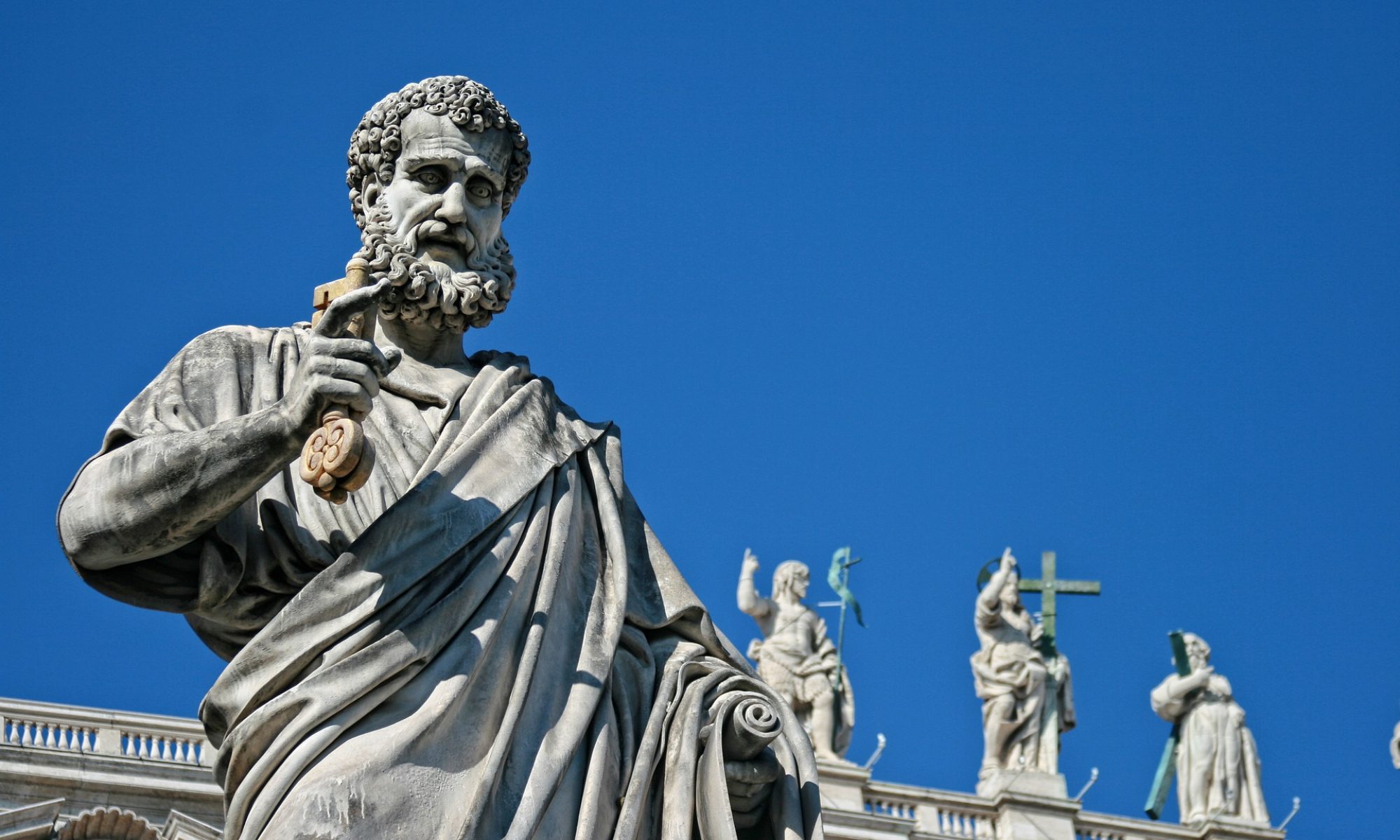February 28th, 2014
There was a time, only a few years ago, when the simple reference to “Liberation Theology” would cause many eyebrows to raise in the Vatican. Those times are now over. What was perceived and even publicly denounced as one of the most dangerous threats confronting the Roman Catholic Church is now seen as a legitimate, if not necessary, stream of its ever expanding life.
Liberation Theology As It Was Then
Liberation Theology was the title of a seminal book published in 1973 by Peruvian theologian Gustavo Gutiérrez in which he advocated the idea that theology should be at the service of “integral” liberation, i.e. spiritual and economic freedom resulting in social justice. It was a new way of doing theology that would prioritize the people’s cries “from below” rather than the expectations of the ecclesiastical intellectual hierarchy “from above.” It would work its way bottom-up rather than top-down, and would consider the poor as the major theological player rather than the receiving end of decisions made by the rich, and would denounce as oppressive the capitalistic status quo that the Catholic Church would have instead assumed in Latin America. Other noted exponents are Leonardo and Clodoveo Boff of Brazil, Jon Sobrino of Spain, and Juan Luis Segundo of Uruguay.
Its critics associated Liberation Theology with Marxist ideology, materialistic anthropology, and revolutionary politics that would turn the traditional teaching and practice of the Church upside down. The Catholic Church strongly reacted against it. John Paul II, while paying lip service to some of the concerns expressed by Liberation Theology, was active in trying to silence it as much as he could. In the mid-Eighties his theological watchdog, Cardinal Ratzinger, then heading the Congregation for Sacred Doctrine, worked hard to limit its influence. Those days are now over. Why? Mutatis mutandis, has Liberation Theology changed its basic message or has the Church modified its stance? The latter seems to be the case.
Liberation Theology As It Is Now
Two substantial changes have made this shift possible. One, of course, is that since 2013 the Pope is Latin American. While it is not possible to classify Francis as a liberationist, he nonetheless shares a concern for the poor, an interest in the margins of the world and an appreciation of folk Catholicism. He simply does not seem to see Marxist categories working in and through what Liberation Theology tried to articulate. The “soft Gospel” of the Pope puts less emphasis on theological and ideological issues and in so doing he has significantly softened the controversy. The other change is that the present head of the Congregation for Sacred Docrine is Cardinal Gerhard Ludwig Müller (since 2012), a German like Ratzinger, but, unlike his predecessor, a disciple and admirer of Gustavo Gutiérrez. Rome is now in the position of reassessing Liberation Theology even beyond past critical evaluations and disciplinary measures
Two recent books by Müller illustrate how the Vatican now views Liberation Theology from a completely different perspective. An der Seite der Armen: Theologie der Befreiung (On the Side of the Poor: Liberation Theology) is a 2004 German title that the Cardinal wrote with Gutiérrez himself. Povera per i poveri: La missione della chiesa (Poor for the poor: The mission of the Church) is a 2014 title that has just been published by the Vatican Press.
In these highly sophisticated books, Müller argues that Liberation Theology is a “regional” theology that finds her home in the “catholicity” of the Roman Church and stands in continuity with the classical theology of the church. It was preceded by the Nouvelle Théologie (New Theology) which predated Vatican II and was subsequently prepared by the theology of Karl Rahner. From Henri De Lubac Liberation Theology learned that grace works within nature and not from outside of it. From Rahner it embraced the idea that grace is already in nature and not something foreign to it. In Müller’s view, Liberation Theology is a regional application of what mainstream Catholic theology had already affirmed before and after Vatican II.
Liberation Theology is no longer viewed as being a pseudo-theology soaked in Marxist ideology, but is instead a fully recognized daughter of the Church which took seriously the re-orientation that Vatican II gave to Catholic theology and implemented it into the particular context of Latin America. This is the latest exercise of Roman catholicity whereby something that is in apparent conflict is instead seen as a part of the whole, i.e. the Roman Catholic synthesis.
